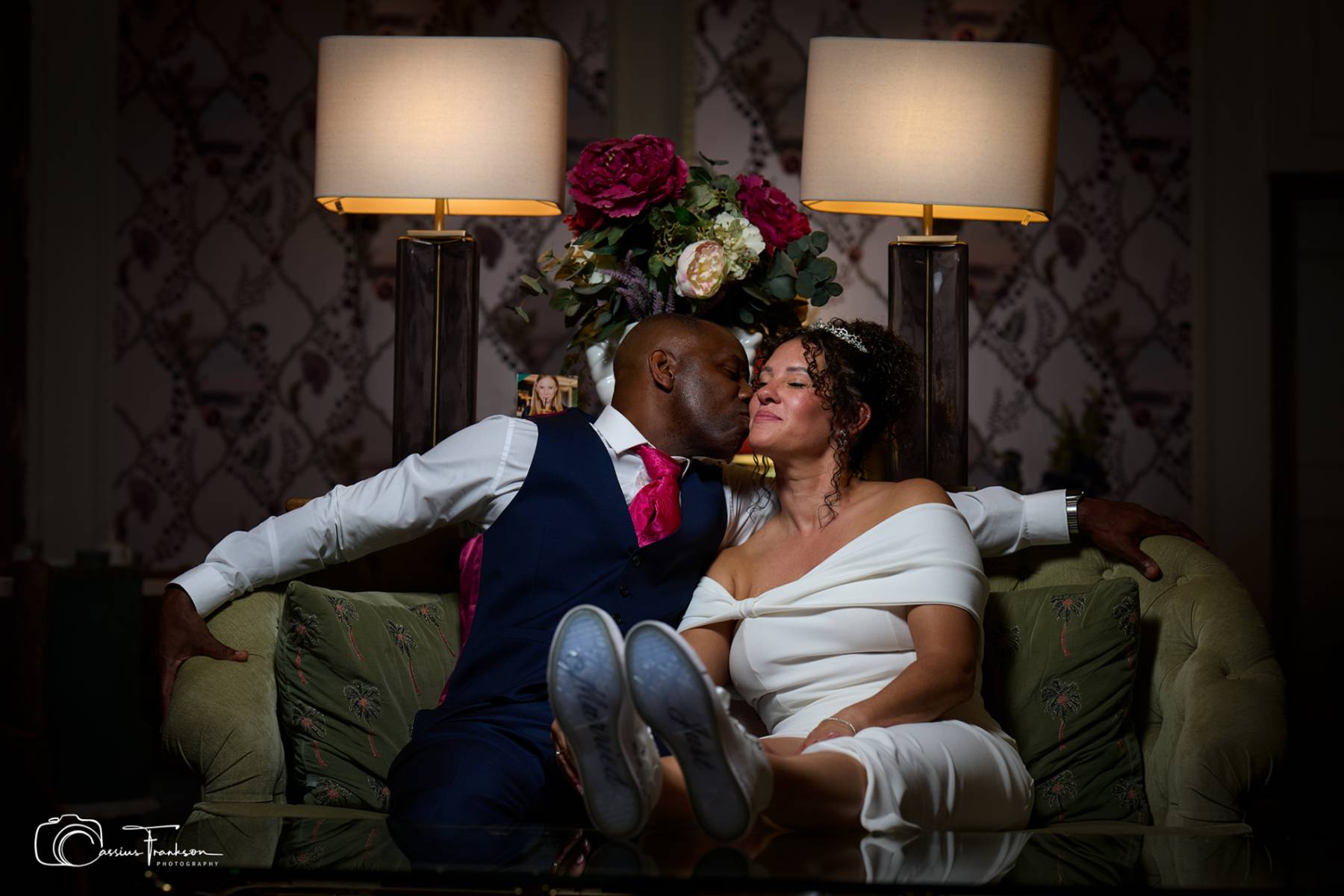Photography lives and breathes with light, yet natural daylight is one of the most unpredictable tools we have, especially living in the UK. It shifts not just by hour but by season, and when the weather turns, it can feel like you’re chasing something that refuses to be pinned down. Harsh midday sun, dull overcast skies, or the fleeting softness of golden hour, all demand a different approach.
That’s where off-camera flash can change everything. Used well, it doesn’t replace natural light, it completes or compliments it. The right flash setup lets you control the direction, contrast, and consistency so you’re no longer at the mercy of the weather. Instead of waiting for perfect conditions, you can create it.

Why Off-Camera Flash Matters
Natural light can flatter, but it can just as easily flatten. Midday sun creates harsh shadows, while an overcast afternoon can leave your subject washed out and lifeless. Off-camera flash lets you:
• Balance exposure – Hold detail in a bright sky without losing your subject to shadow.
• Shape your subject – Control direction and depth rather than relying on chance.
• Add consistency – Deliver professional results even when the weather refuses to cooperate.
This isn’t about overpowering the scene with artificial light; it’s about working with what’s already there and making it stronger.
The Godox System: Affordable Power, Professional Results
I’ve worked with a wide range of lighting systems over the years, and Godox has become a reliable backbone for both my studio and location work. They’ve built a reputation for producing affordable, durable, and highly versatile gear that performs well for professionals and enthusiasts alike.
Triggers – The Brains of the Operation
• XPro – Big screen, tactile controls, and TCM mode for quick TTL-to-manual workflow.
• X2T – Compact with Bluetooth support, perfect if you want to control settings from your phone.
• X3 – A newer trigger that’s streamlined, intuitive, and ideal for photographers who value speed and portability.
Lights – From Speedlights to Studio Power
• On-camera flashes: V100, V1, V1 Pro – lightweight, reliable, with the V1’s round head producing softer, natural fall-off.
• Portable strobes: AD100 Pro, AD200 Pro II, AD300 Pro – compact yet powerful, designed for working on location without the bulk.
• High-power strobes: AD400 Pro II, AD600 BM II – when you need to cut through bright midday sun or fill a massive modifier, these bring studio muscle outdoors.
Whether you’re shooting portraits in shifting daylight or styling a fashion set at dusk, there’s a Godox light that fits your needs seamlessly.
Practical Scenarios
1. Golden Hour Portraits
Expose for the warm, glowing sky, then add a kiss of flash to open up the shadows on your subject’s face. It keeps the ambience while ensuring no detail is lost.
2. Overcast Midday
Flat, uninspired daylight is no excuse for flat images. Place a flash off to the side with a softbox, and suddenly your subject has depth and dimension against the grey.
3. Bright Summer Sun
Strong sun overhead creates deep shadows and squinting faces. Using high-speed sync, dial down your ambient exposure and let your flash fill in the shadows. The result: dramatic skies and a flattering, balanced portrait.
Step 1: Read the Ambient Light
Before adding flash, expose for the scene. Decide what matters: do you want to hold the detail in the sky, capture the mood of a cloudy background, or freeze motion in bright sun? Dial in shutter, aperture, and ISO for the background first.
Step 2: Introduce Flash
Bring in flash to light the subject. Start low, just enough to lift shadows and build gradually. The goal is balance, not blasting.
• Soft ambient (overcast day) → Use flash as key light to add shape.
• Strong sunlight → Use flash as fill to soften contrast.
• Golden hour → Use flash sparingly to preserve warmth while keeping detail in the subject.
Step 3: Shape with Direction
Position your flash at 45 degrees from your subject or experiment with backlight for rim highlights. Light direction controls mood, side light adds drama, front fill feels more natural.
My Take:
Off-camera flash isn’t a gimmick, it’s the difference between a good photograph and a professional one. Weather changes constantly, but once you understand how to balance ambient light with the precision of flash, you’re in control every single time.
Godox gives you the tools; technique gives you the results. And once you start combining the two, you’ll find yourself less dependent on luck and more confident in your craft.
Final word:
Master daylight, master your flash, and you’ll master your photography.
